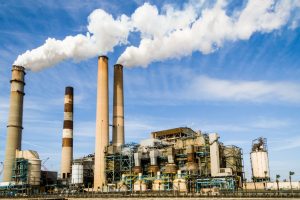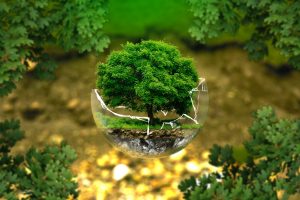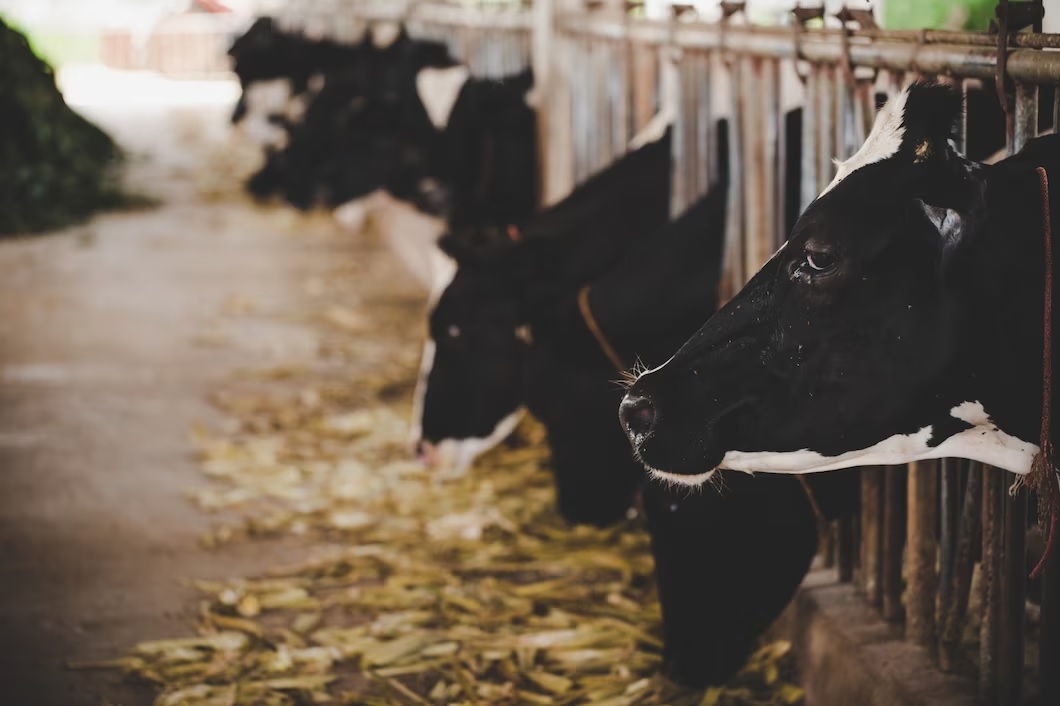Does your company generate environmental liabilities? Understand the importance of administering them correctly
June 21, 2019 | Environmental Liabilities | No Comments
As is well known, the processes carried out by many organizations cause damage to the environment. Among them are the productive cycles, the extraction of raw material, among other activities. At the same time, potentially polluting companies have several legal obligations to offset the impacts caused, whose name is given as an environmental liability.
 Thinking about the relevance of the topic, we elaborated this post to clarify the concept and help organizations fulfill their responsibilities.
Thinking about the relevance of the topic, we elaborated this post to clarify the concept and help organizations fulfill their responsibilities.
What are environmental liabilities?
In the area of accounting and economics, there is much talk about assets and liabilities to define the assets and rights that the company has, as well as its debts and obligations, respectively. From the growing concern with the preservation of nature, the terms were also incorporated in the environmental area. In this case, the environmental assets are the materials and equipment already acquired and made available by the organization to control the environmental impacts, as well as preserve and recover the environment.
Environmental liabilities, which we are discussing here, can be defined as the short-term and long-term obligations that are potentially polluting companies assume to minimize the ecological imbalance caused. Among them, environmental pollution, which involves rivers, air, and deforestation of green areas. Here are some of the commitments that can be assumed according to the waste generated by the companies:
Correct allocation of liquid and solid waste through specific systems and techniques;
 Recovery of degraded areas;
Recovery of degraded areas;- Payment of indemnities and fines for environmental damages;
- Reforestation;
- Development of projects to mitigate damages.
- Environmental liabilities can help companies create environmental strategies
Environmental liabilities include environmentally responsible actions and strategies, as well as preventive measures in which organizations commit to minimizing impacts. Also, with environmentally responsible attitudes, companies prevent expenses involved in environmental liabilities, either by recovering areas or by paying large amounts in damages, for example.
How to deal with the issue in practice
Now that you know what the concept is about and its importance, both to avoid environmental degradation and severe sanctions, you may be wondering how to deal with the issue in practice. To begin with, it must be assumed that prevention is always the best solution.
 To adopt environmentally correct attitudes, besides reducing the financial losses, preserves the environment, and consolidates the image of the organization as conscious and responsible. In this scenario, the treatment of industrial effluents generated in the companies’ production process is an operational and environmentally positive way, since it is an activity that not only promotes the correct final destination of the treated effluent but also ensures that the liabilities generated as the sludge, for example, are not sent to landfills and thus constitute high fines to the company.
To adopt environmentally correct attitudes, besides reducing the financial losses, preserves the environment, and consolidates the image of the organization as conscious and responsible. In this scenario, the treatment of industrial effluents generated in the companies’ production process is an operational and environmentally positive way, since it is an activity that not only promotes the correct final destination of the treated effluent but also ensures that the liabilities generated as the sludge, for example, are not sent to landfills and thus constitute high fines to the company.
 It is essential to know that even though an organization already has a specialized partner, it is necessary to understand that this supplier is not generating any environmental liabilities, which makes the contracting company co-responsible.
It is essential to know that even though an organization already has a specialized partner, it is necessary to understand that this supplier is not generating any environmental liabilities, which makes the contracting company co-responsible.
After all, many industrial effluents are complex and require different types of treatment before being discarded or reused. Therefore, it is essential that companies that generate waste assess the entire wastewater disposal cycle. Also, there are alternatives for reuse of sludge by composting, resulting in the transformation of the residue into composite organic fertilizer.
In this case, there is no generation of environmental liabilities, and the organization becomes exempt from any ecological co-responsibility. The concept of Upcycling, which consists of creative reuse in favor of sustainability, offers safe and effective alternatives for transforming previously unwanted waste into new products of quality and environmental value with the production of composted organic fertilizer for agriculture. An activity that connects and promotes the Circular Economy to its full potential.
…

